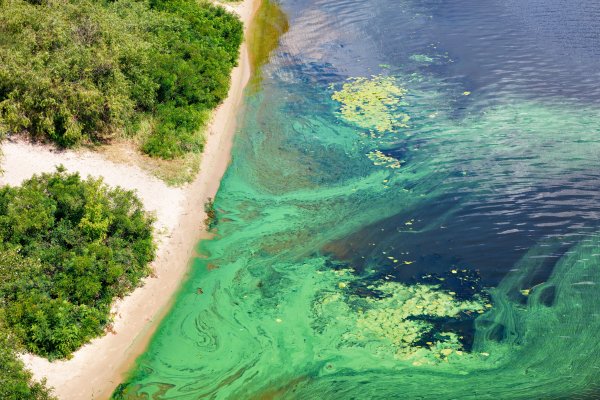Nitrate contamination to streams, lakes, and estuaries is a critical problem in many agricultural watersheds. In the Chesapeake Bay and the Gulf of Mexico, excessive nutrient loading from upstream agricultural catchments leads to harmful algal blooms resulting in hypoxic conditions. Despite spending millions of dollars in agricultural conservation practices and technologies, improvements in stream health are modest. Part of the issue is the disconnect between quantifying hotspots of nutrient pollution and placement of conservation practices. Water-quality data availability is critical in monitoring stream health and making management decisions. In the U.S., the Environmental Protection Agency (EPA) and the U.S. Geological Survey (USGS), along with state agencies, monitor water quality and quantity.
Water-quality monitoring, especially nutrient data monitoring, is conducted through lab analysis using grab water samples are typically at coarse temporal resolution. Agencies generally collect biweekly, monthly, or seasonal data samples and sometimes rotate monitoring gauges to maintain spatial variability and reduce monitoring cost. Recently, USGS started monitoring nitrate continuously at 15-minute interval using optical techniques. Currently there are about 135 active stations across the U.S. (https://waterwatch.usgs.gov/wqwatch/?pcode=00630), which are mostly located in the upper Mississippi River basin. The EPA database (https://www.waterqualitydata.us/) includes about 5,500 sites with a minimum of 20 nitrate measurements over 20 years.
The goal of this research is to utilize deep learning techniques to generate spatially and temporally continuous nitrate concentration data using continuous and grab sample nitrate data, biophysical characteristics of catchment area, weather and stream flow data. We hypothesize that a deep machine learning framework fed by continuous nitrate data is capable of generating spatially and temporally continuous nitrate data and identify key controls of nitrate C-Q relationship.
Resulting Funding
- Grant Number 2024-67019-42679; Proposal 2023-09878; Deep learning techniques to understand nitrate concentration dynamics and generate spatially/temporally continuous daily nitrate data, Pennsylvania State University, $650,000, Foundational Program: Agricultural Water Science, Agriculture and Food Research Initiative







